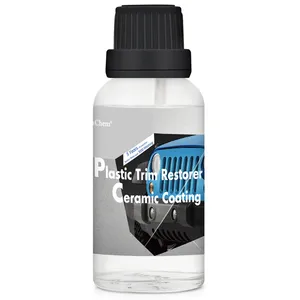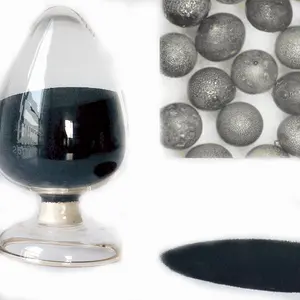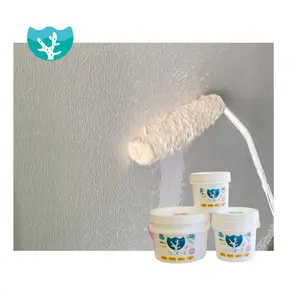Alibaba.com offers a diverse range of ceramic coatings tailored for car care and protection. Among the offerings, you can find graphene ceramic coatings, known for their durability and advanced protective qualities. These coatings are designed to enhance car body paint care, providing a deep, lustrous finish and nano-level protection. Also available are eco-friendly options such as spray under primers for automobiles, which serve as a sustainable choice for underbody protection.
For quick detailing, products like the ceramic quick detailer sprays are formulated to clean and protect the car's exterior efficiently. These sprays offer convenience for maintaining a vehicle's aesthetic appeal between more thorough washes. Additionally, the market includes specialized coatings like the 9H ceramic coatings, which boast a high level of hardness for scratch resistance and a super hydrophobic effect that repels water and contaminants.
Innovative solutions such as self-healing ceramic coatings are also featured, which can repair minor scratches and imperfections over time. For professional detailers, there are advanced graphene ceramic coatings with 10H hardness, providing an extra layer of robust protection against environmental elements. Moreover, the selection extends to include nano ceramic coatings that offer a high gloss finish and enhanced hydrophobic properties, ensuring that vehicles not only shine but are also easier to clean.
The versatility of ceramic coatings on Alibaba.com is evident in the variety of application methods available, from sprays to more traditional liquid applications. These products cater to a range of needs, from the everyday car enthusiast to the professional detailer seeking the highest level of paint protection.







































 浙公网安备 33010002000092号
浙公网安备 33010002000092号 浙B2-20120091-4
浙B2-20120091-4